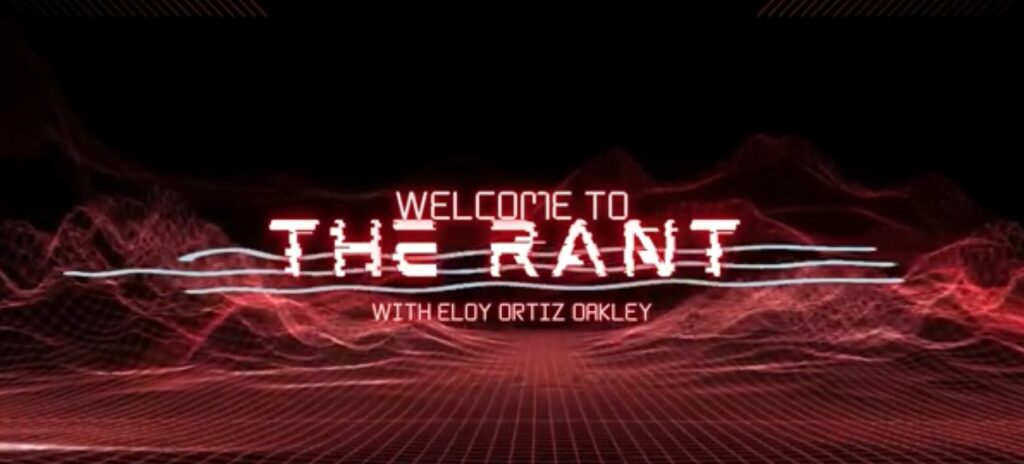Okay, so, we’ve been through the “online education is going to save us all!” phase, and then the “online education is terrible and we have to get everybody back to classrooms!” phase. The good news is that now it looks like the conversation around what online education is and how it works is finally getting better.
We’re seeing less triumphalism and panic, and in their places finding more and more pieces like this one, in Slate, which discuss what best practices are for online learning in a more detailed way. And this one, on eLearning UI/UX design, which is realistic about what eLearning can do rather than trying to score points in a culture war debate.
What’s particularly encouraging is that they are starting to settle on some sense of best practices – although, granted, these are nothing new to people who have been working in the field a while. But yes, let us acknowledge that long lectures tend to work less well on a screen than they do in person, that videos can be helpful, that active learning should be encouraged.
Broadly, as generalizations, these are good things. The trouble is that our students are not generalizations, they are people, and while the popular media discussion of online learning has gotten better, it is still failing to take that crucial point into account. Different kinds of online learning are better suited to different populations, and to different educational goals.
This is something we know from our own experience – Calbright is an online community college set up to help very specific populations with very specific educational goals, and so it should be no surprise that our internal research has shown that students whose goals are aligned with what we offer are much more likely to complete their classes than are students with different goals. That just makes sense, right? But that’s not just because they’re more or less motivated: it’s because we design our curriculums to support that mission.
There are contexts in which students really need to learn how to learn and how to engage in critical thinking – but that isn’t always their educational goal. Sometimes they just want to demonstrate competency to get a needed credential. Sometimes they need to get an overview of a subject so that they can understand what their choices are. Best practices in online training to be an IT specialist are going to be different from best practices in a course on financial literacy or customer service, let alone poetry or chemistry. And best practices for single 20-somethings with a flexible schedule are going to be different from best practices for working moms or people taking care of an elderly parent.
There’s an irony to the fact that discussions around online education often focus on the ways in which it can be broadly applicable (generally a synonym for “cheap”) when its real effectiveness is in its ability to offer traditionally underserved populations something they really need. But to offer them that, their goals and circumstances need to be taken into account.
Make no mistake, the conversations around online learning are getting better. But they’re still largely ignoring the needs of those whose needs have been traditionally ignored. Any conversation that can’t identify what works for these students as opposed to those students, and students with these goals as opposed to those desired outcomes, just isn’t going to be good enough. Because you can’t meet the needs of people who are invisible to you.



